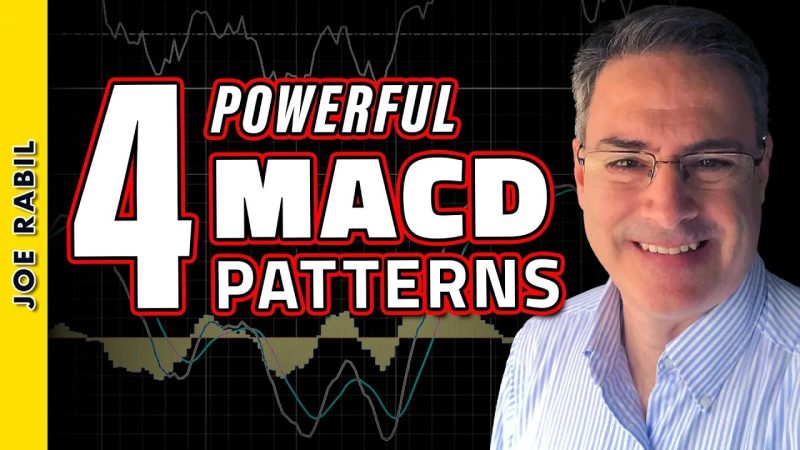Pattern trading in the financial markets has become increasingly popular among traders looking for an edge in their investment strategies. Among the various patterns that traders often use, the MACD (Moving Average Convergence Divergence) indicator stands out as a versatile and reliable tool for identifying potential trading opportunities. In this article, we will explore four MACD patterns that can give traders an edge in the markets.
1. **MACD Bullish Cross**
One of the most well-known MACD patterns is the bullish cross, which occurs when the MACD line crosses above the signal line. This signal indicates a potential bullish trend reversal and suggests that the momentum is shifting in favor of the buyers. Traders often look for this pattern as a buy signal, indicating a potential uptrend in the asset’s price.
2. **MACD Bearish Cross**
Conversely, the bearish cross is another significant MACD pattern that occurs when the MACD line crosses below the signal line. This signal suggests a potential bearish trend reversal, indicating that sellers may be gaining control of the market. Traders often use this pattern as a signal to sell or short an asset, anticipating a potential downtrend in price.
3. **MACD Divergence**
MACD divergence is a powerful pattern that occurs when the price of an asset moves in the opposite direction of the MACD indicator. Bullish divergence happens when the price makes lower lows while the MACD makes higher lows, indicating a potential bullish reversal. On the other hand, bearish divergence occurs when the price makes higher highs while the MACD makes lower highs, signaling a potential bearish reversal. Traders use MACD divergence to identify potential trend reversals and make informed trading decisions.
4. **MACD Histogram Reversal**
The MACD histogram is a visual representation of the difference between the MACD line and the signal line. A histogram reversal pattern can provide valuable insight into the momentum of a trend. When the histogram bars change from negative to positive, it indicates a potential bullish reversal, while a change from positive to negative suggests a potential bearish reversal. Traders often use the MACD histogram reversal pattern to confirm trend changes and make timely trading decisions.
In conclusion, mastering MACD patterns can give traders a competitive edge in the financial markets. By understanding and recognizing these patterns, traders can make informed decisions and improve their trading performance. It is essential to combine the use of MACD patterns with other technical analysis tools and risk management strategies to maximize trading success. By incorporating these patterns into a comprehensive trading strategy, traders can effectively navigate the dynamic and challenging landscape of the financial markets.
